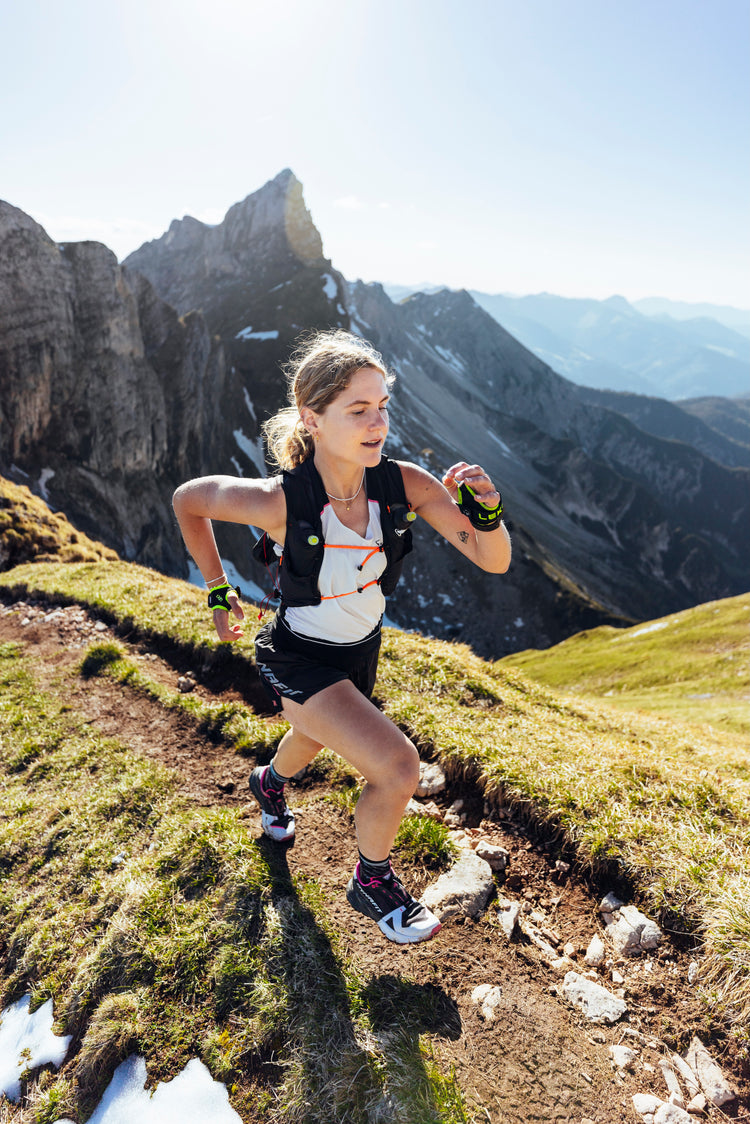Legs heavy, back tense, performance stagnating? Then it's worth taking a look at an area that many overlook when it comes to recovery: the hips. They are the center of your movement – and perhaps the most underestimated key to more performance and less risk of injury.
The hip – your power center
Whether running, biking, strength training, or in team sports: Your hips connect your torso and lower body, transfer power, and provide stability. If something is blocked or overloaded here, it directly affects your entire movement process. In other words: No efficient movement without functioning hips.
The missing link in many recovery routines
Most recovery methods focus on legs, calves, or lower back. But many tensions, imbalances, or overloads originate in the hip area – and this is often where the chain of problems begins. If you ignore this area in your recovery routine, you're only recovering halfway.
That's why targeted hip recovery is worth it
Targeted hip regeneration can help,
✅ to balance muscular imbalances
✅ to improve mobility in the sacroiliac region
✅ to promote lymph flow in the pelvic area
✅ to prevent typical issues like piriformis syndrome or groin strains
Sounds simple – but it's incredibly effective. Especially with high training frequency or a sedentary lifestyle, this can be a real game changer.
How to sensibly integrate hip recovery into your routine
The good news: You don't have to completely overhaul your recovery routine – you just need to complete it.
After intense training sessions, it's recommended to specifically promote pressure and circulation in the hip and glute area. Tools that work with rhythmic compression and reach into the groin area are particularly effective. This activates lymph flow, relaxes deep muscle groups like the iliopsoas or piriformis – and supports the removal of metabolic waste that remains in the tissue after training.
Even on rest days, a short session is worthwhile: It helps release tension in the lower back, improve pelvic mobility, and strengthen your body awareness – especially if you sit a lot or have unilateral strain.
In short:
👉 Recovery in the hip area is not optional – it is essential if you want to remain capable in the long run.
👉 The more regularly you incorporate this area into your routine, the better your movement flow, posture, and overall well-being will be.
Your performance starts with smart recovery
You train hard – so give your body the right recovery. Those who recover holistically stay injury-free longer, improve their movement quality, and get back to the next training track faster.
Conclusion:
👉 The hips are not just a connection – they are the foundation of your power transfer.
👉 Those who recover here, recover holistically.
👉 Integrate the hips firmly into your recovery routine – your body will thank you.


